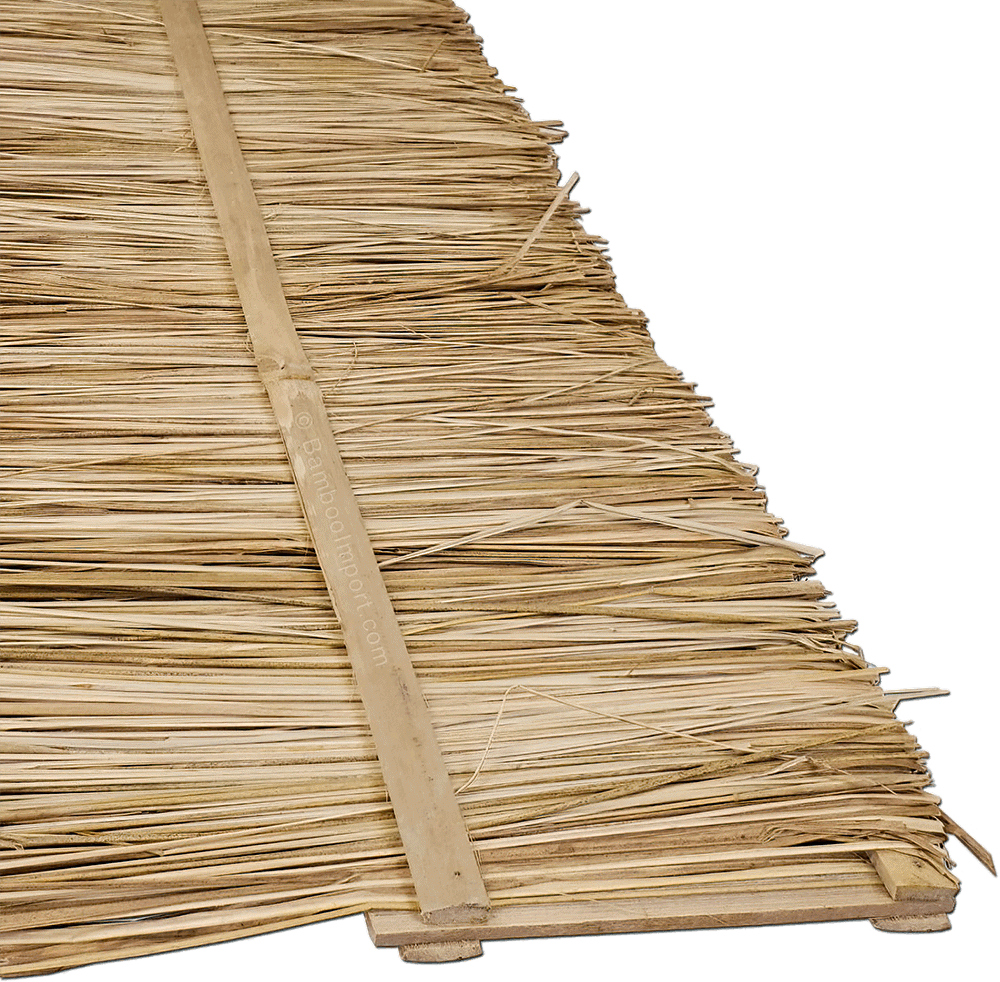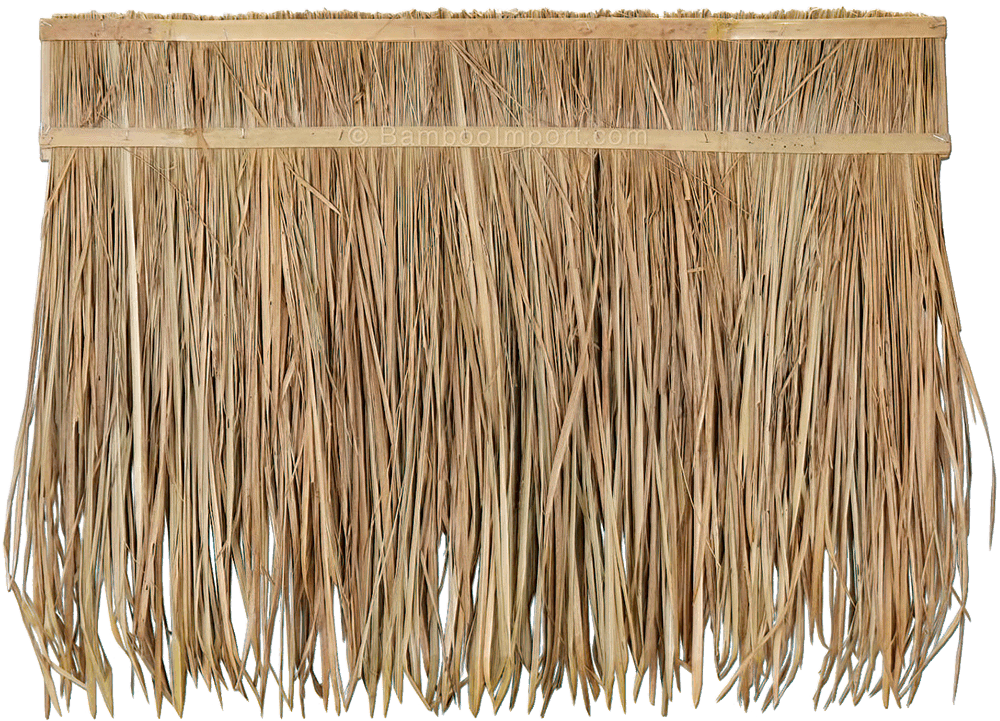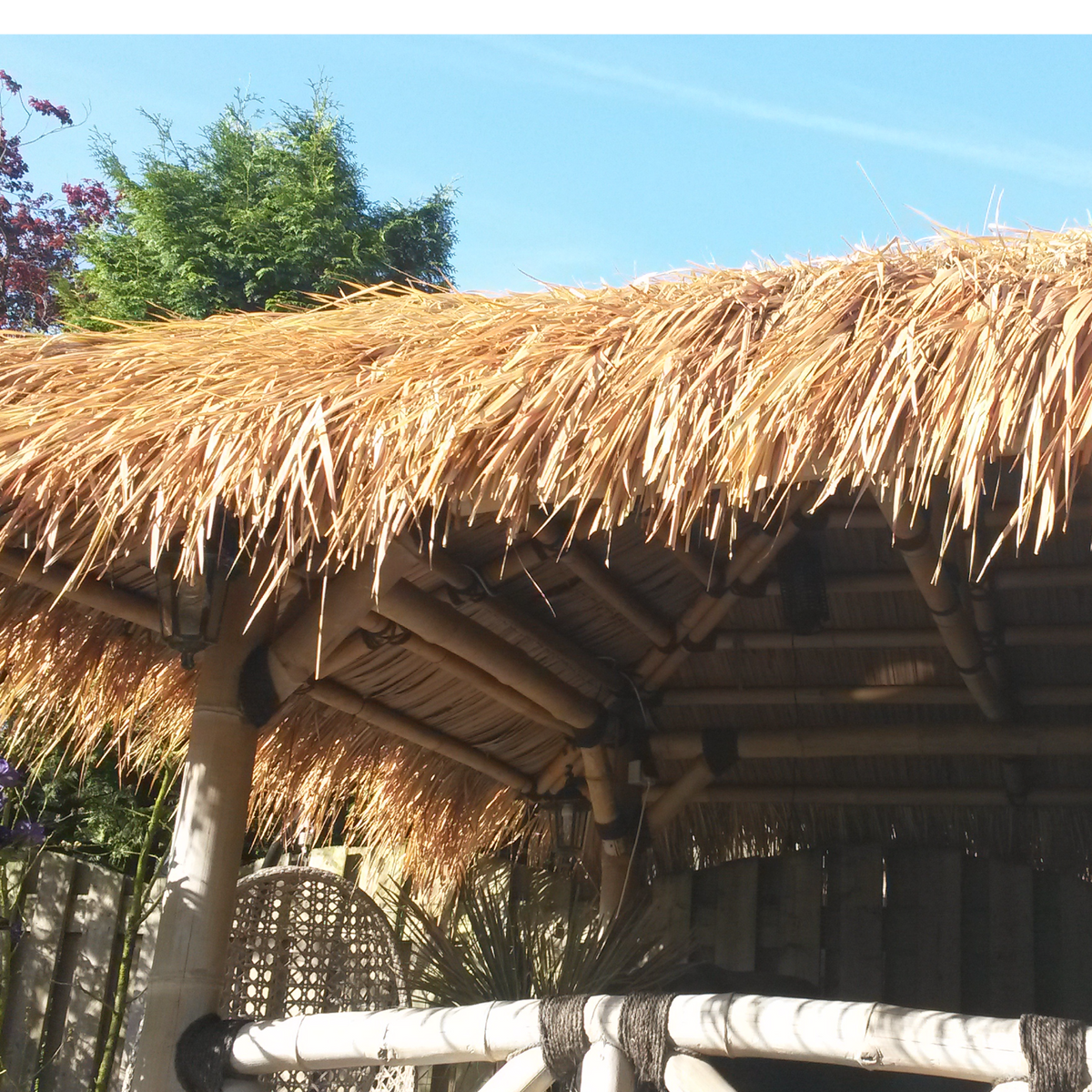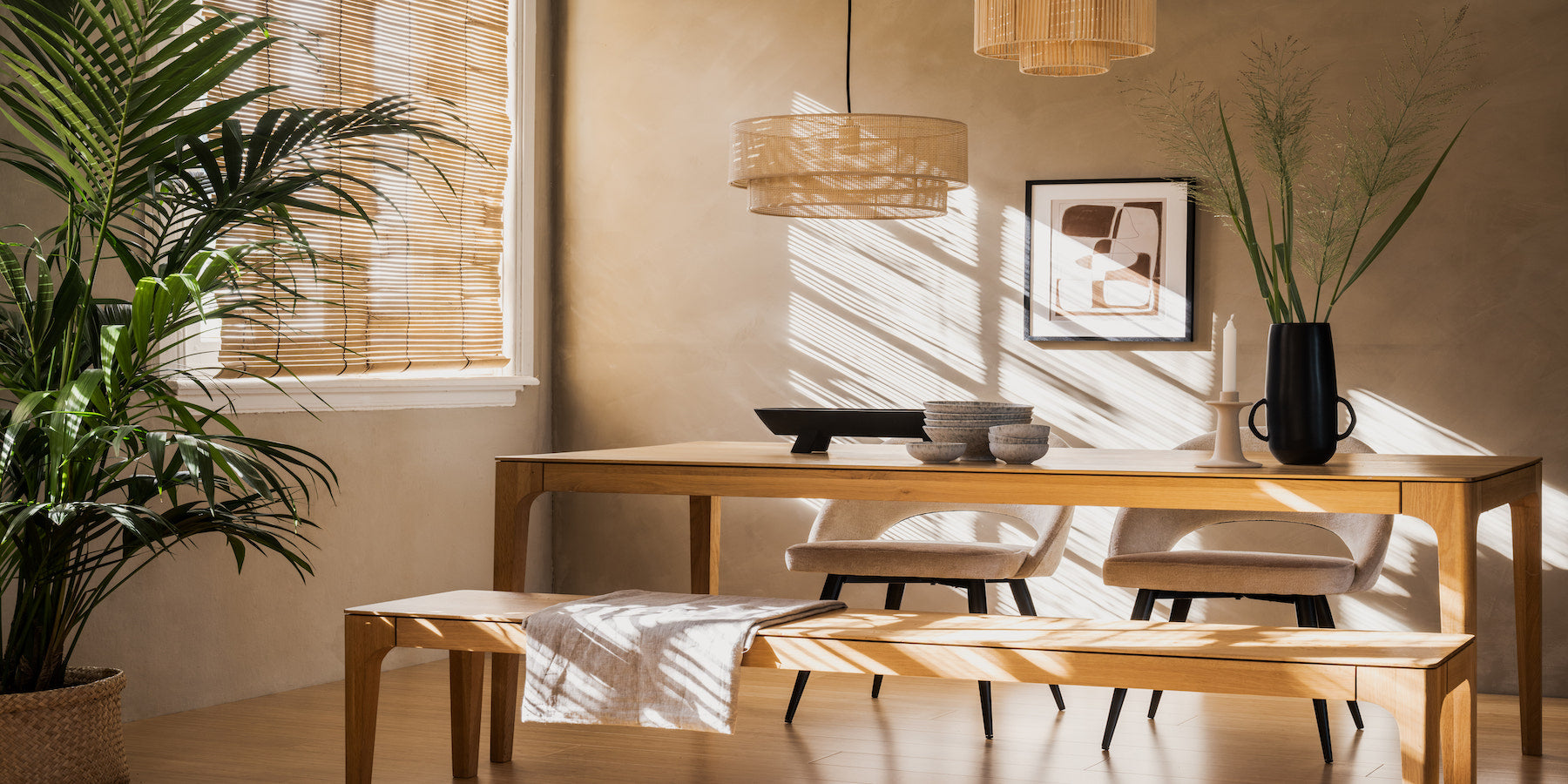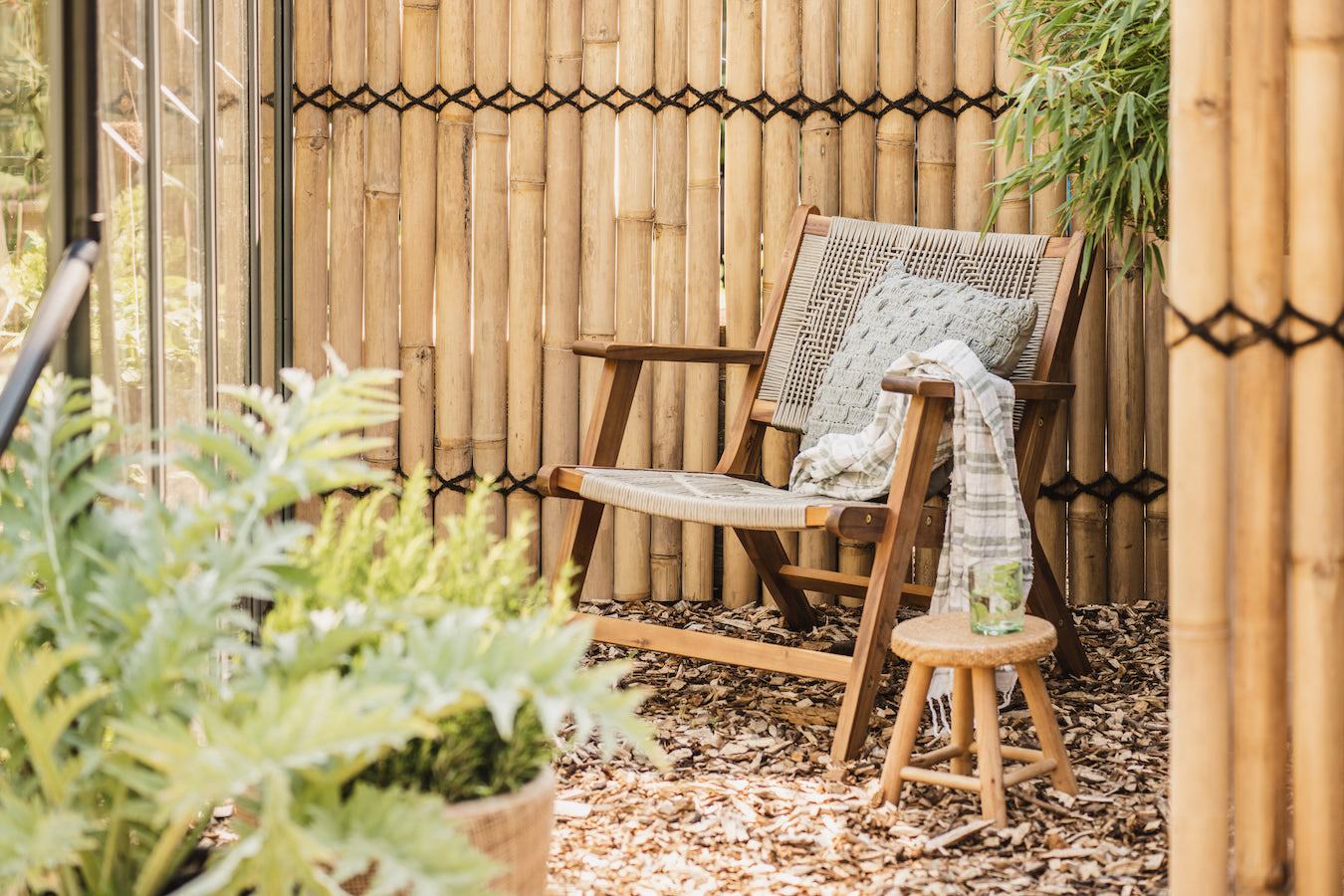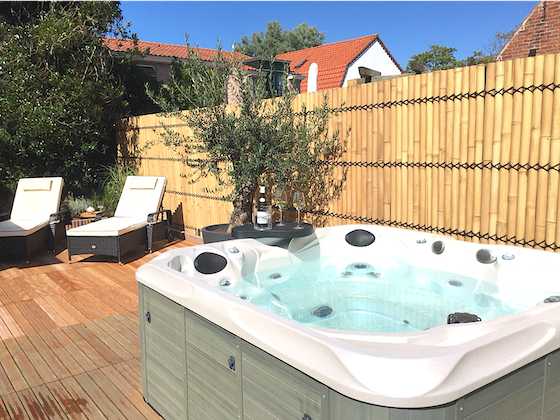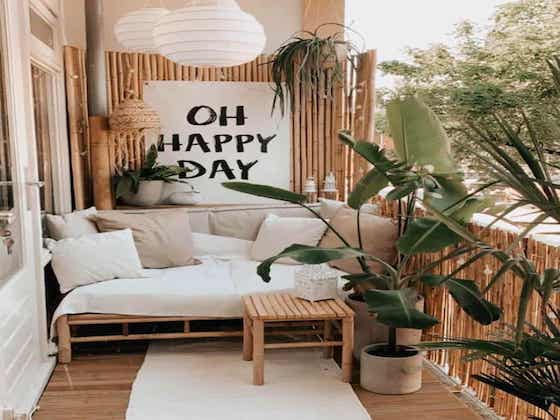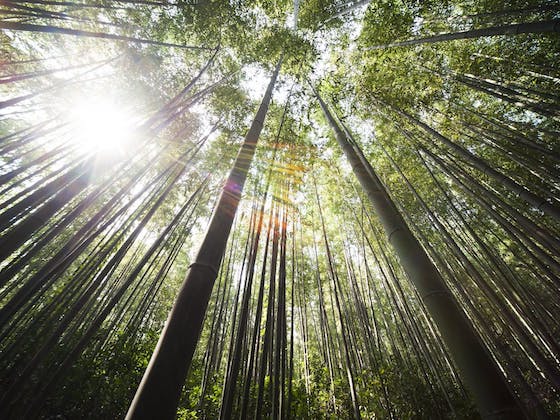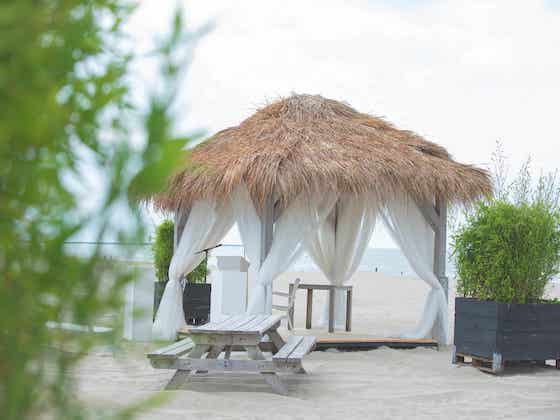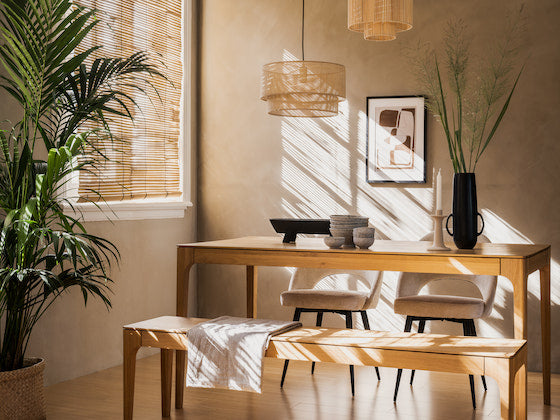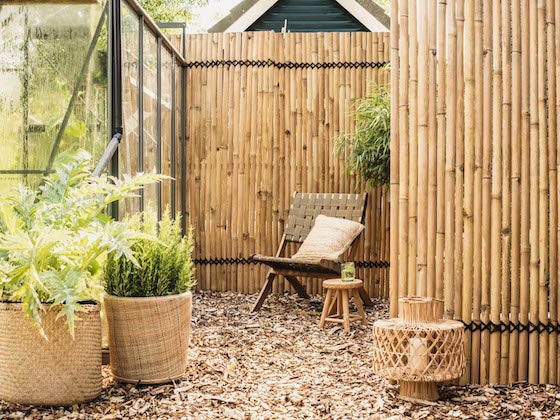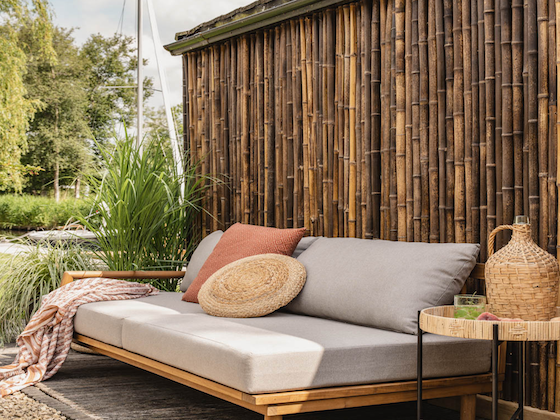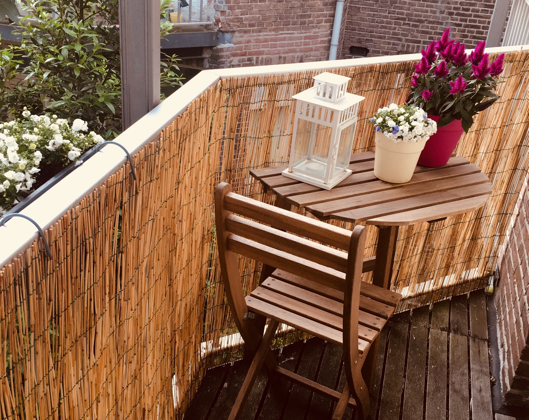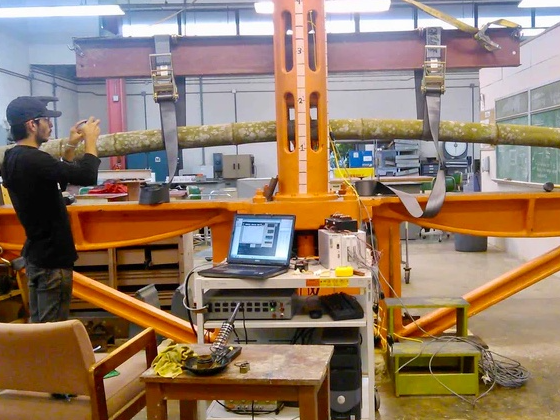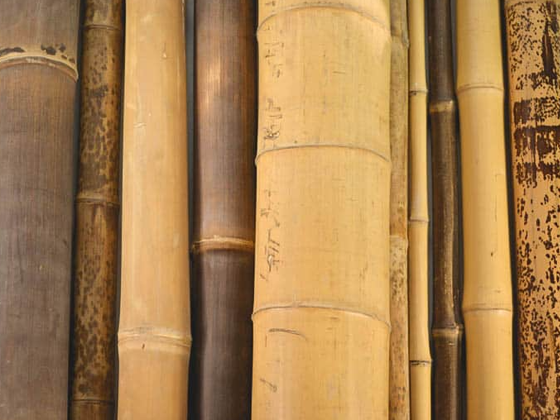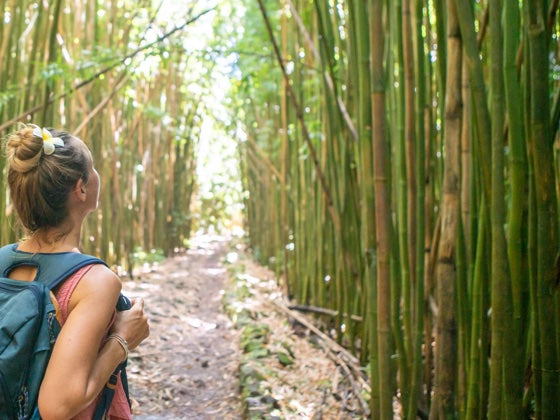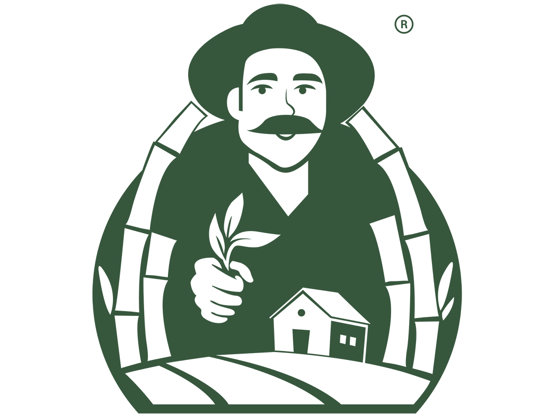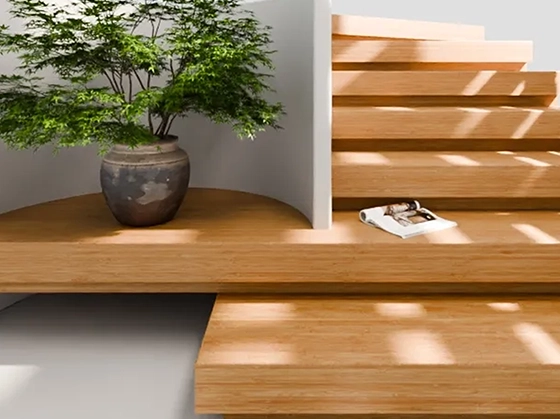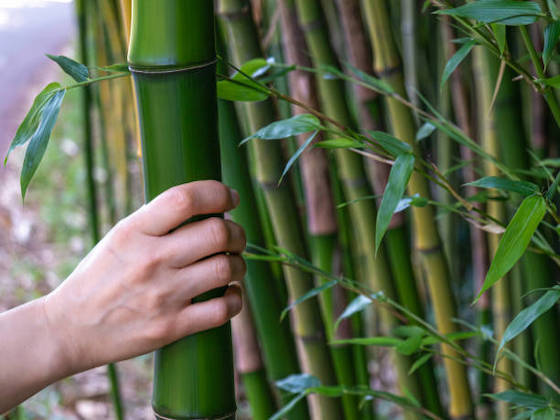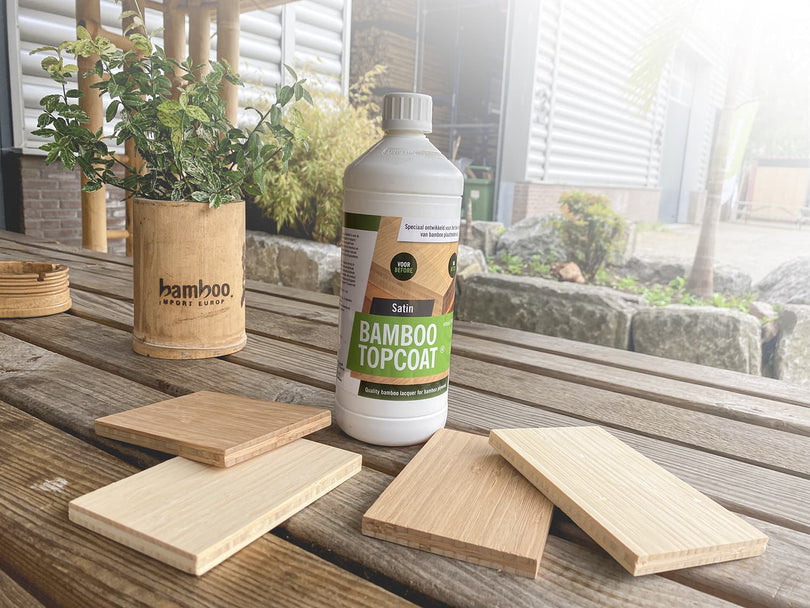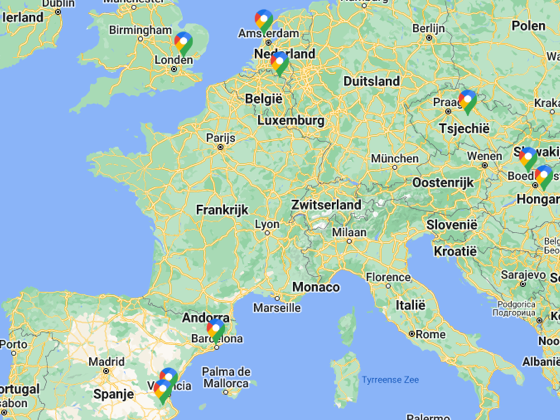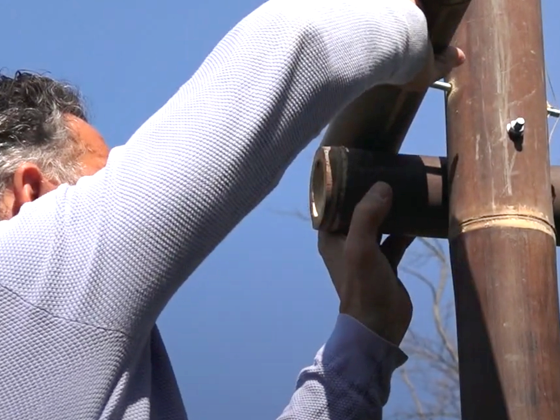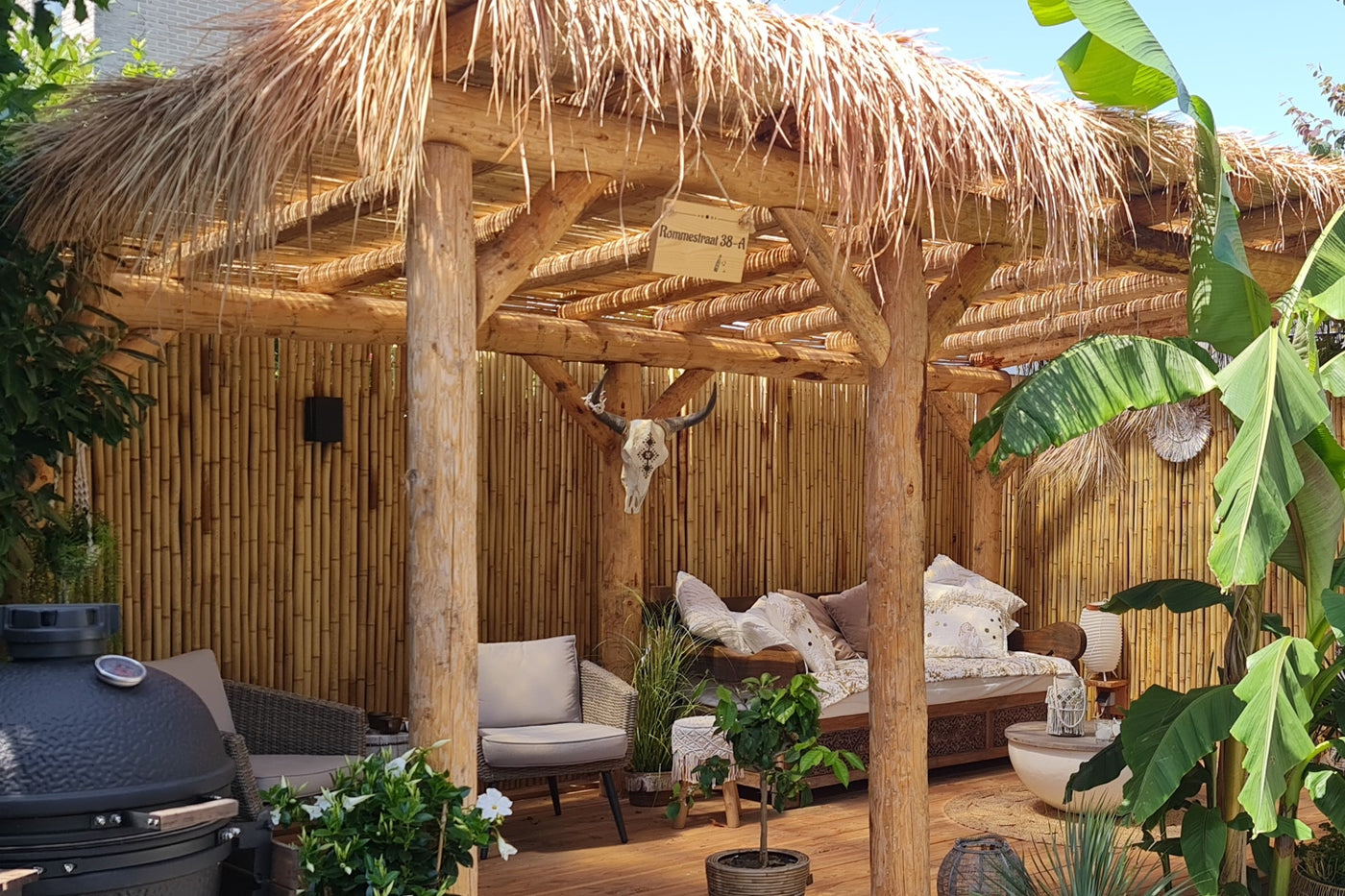
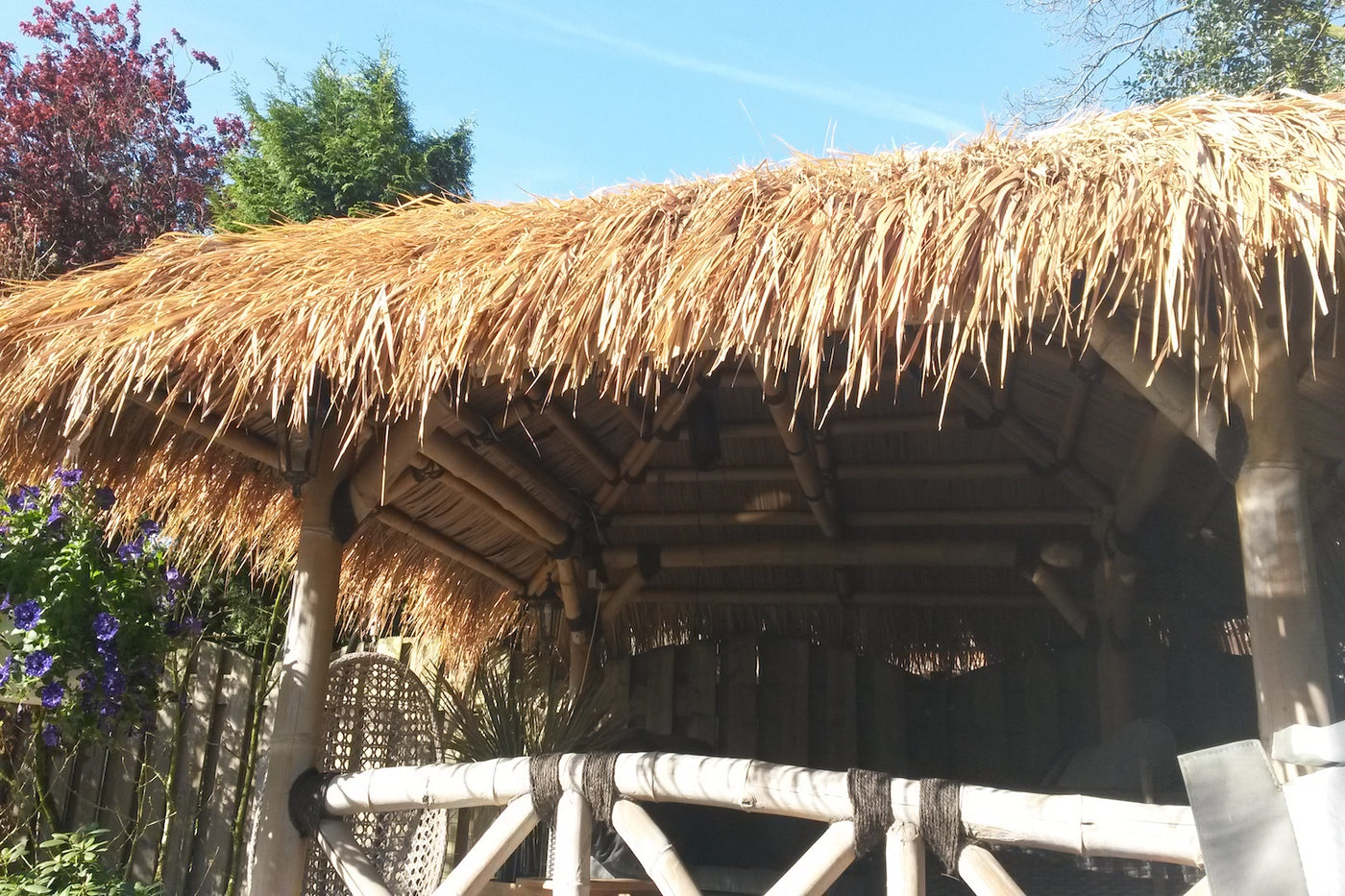
Exotic
Ambience
Do you also love that cosy, exotic atmosphere? Then our palm thatch roofs are just what you need for roofing pergolas and covering parasols.
Palm thatch on slats is also a great alternative for covering walls at events and festivals, or for building a tropical bar. Because palm thatch on bamboo slats are easy to shorten, you have a lot of possibilities.
Bamboo Import palm thatch on slats are made from dried palm leaves and are therefore 100% natural. During the production, the palm leaves are boiled and dried in the sun before they are mounted on the bamboo slats. If you want to use a palm roof inside, we advise you to impregnate it for fire resistance.
Exotic
Ambience
More information about the properties of palm thatch on bamboo slats and how they can be attached can be found in the description of each product. If you have any questions or would like a customised quote, please do not hesitate to contact us.
Bamboo
Features
Sustainable
Bamboo is one of the most underrated raw materials. Bamboo is sustainable, renewable, grows relatively quickly and its natural beauty makes it unique.
Strong
Bamboo is as strong as steel and has greater tensile strength. This is due to the hard surface and parallel fiber bundles of the bamboo stalks that are close together.
Elastic
Bamboo has the advantage of being super elastic. It is so flexible that it returns to the starting position every time and does not deform after bending.
Versatile
Thanks to its high stability, bamboo easily lasts a lifetime. Hence, bamboo is increasingly used in public spaces, construction and as decking/terrace boards and fences.
Compensate your co2 with
Bamboo credits
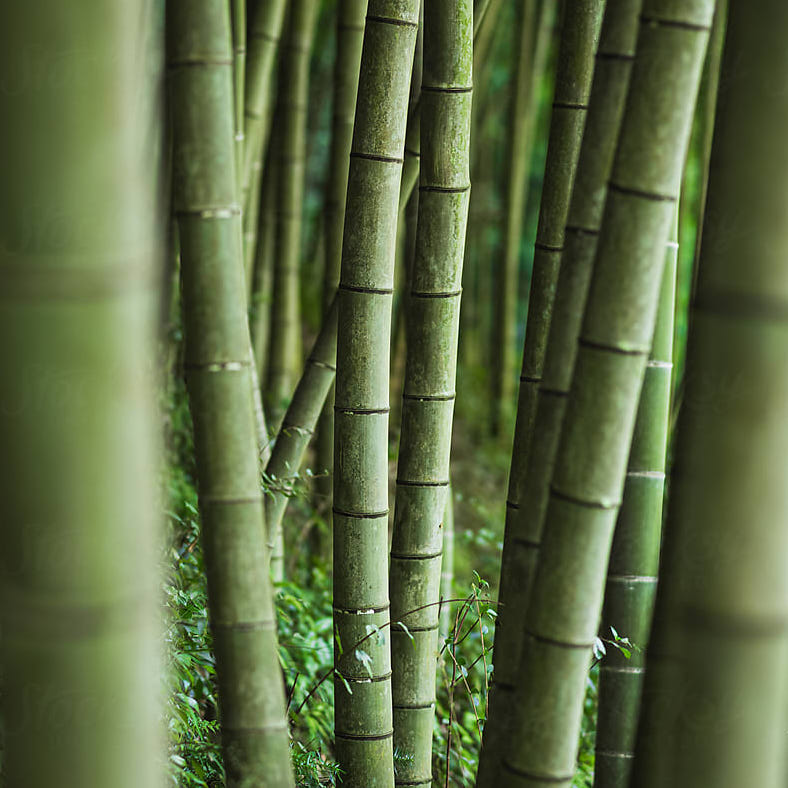
preservation of the
Bamboo forest
with Bamboo Credits
you support local people and the preservation of flora and fauna
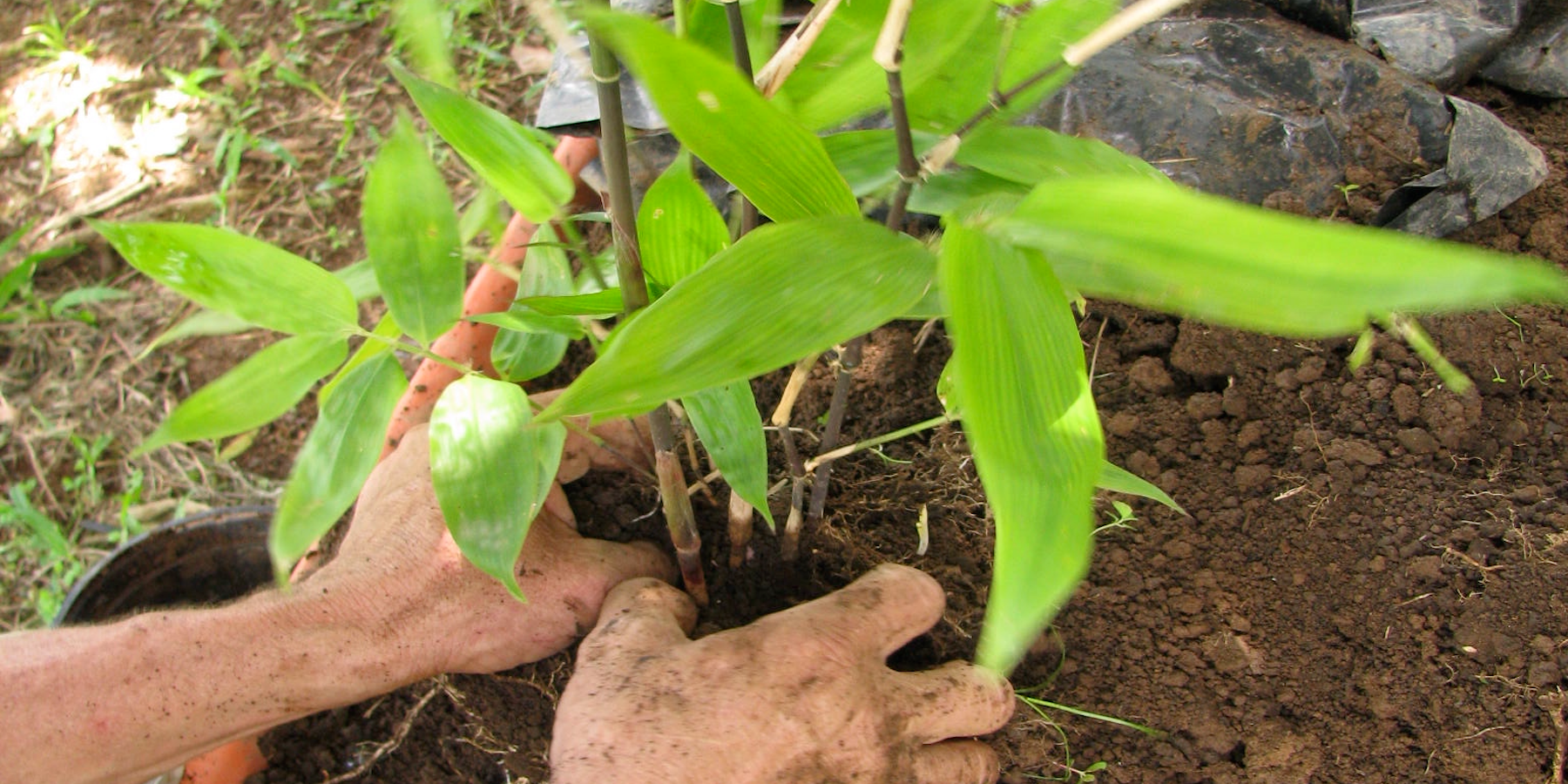
co-planting
of new bambo
When covering your pergola, canopy, shed or umbrella, our advice is to start at the bottom and work upwards, overlapping. This way the rainwater runs off your straw roof the best.
Make sure the palm thatch overlap for between 25 and 35 cm while laying, and the roof slopes down. By overlapping the palm thatch, you create a barrier against rainwater. The greater the overlap, the better the waterproofing. It is important to note that a palm thatch roof may not be completely waterproof, especially during prolonged rainfall or extreme weather conditions.
For a palm tatch roof, it is generally recommended to maintain a pitch or slope of about 30 degrees. This helps with rainwater runoff and prevents water from standing on the roof, which can lead to seepage or damage to the palm leaves.
Waterproof palm thatch roof
For a waterproof palm thatch roof, a distance of about 10 cm between the slats of the palm thatch is usually recommended. This spacing ensures that the palm thatch overlaps and provide sufficient coverage to prevent water infiltration.
Decorative palm thatch roof
For a purely decorative palm leaf straw roof, where waterproofing is not a priority, a larger spacing between the slats of the palm thatch roofs can be used. A spacing of about 25 to 35 cm between slats may be sufficient to create a decorative effect.

